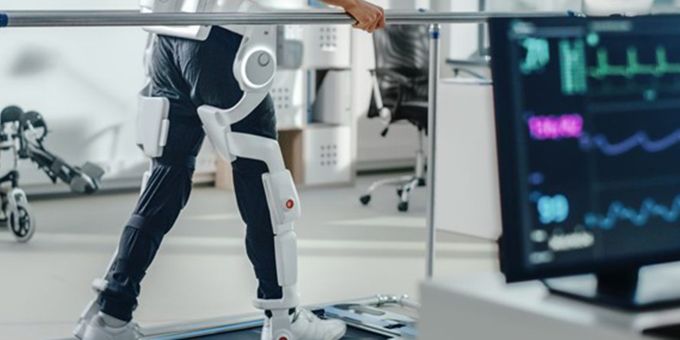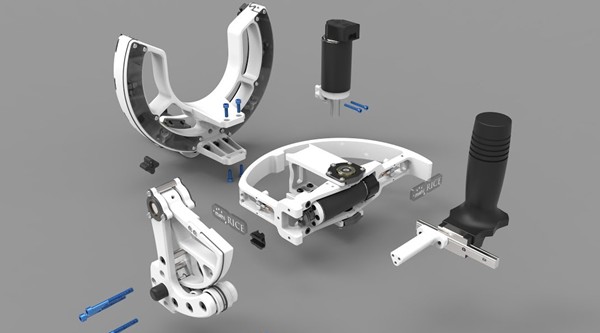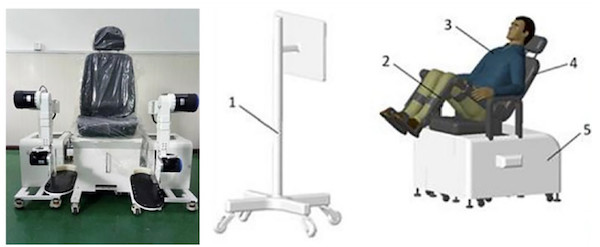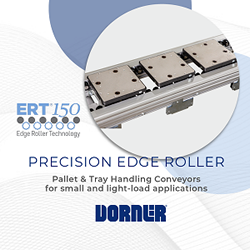The future of aluminum exoskeleton robotic technology holds great promise in the medical rehabilitation industry.

Exploring the Future of Exoskeleton Machine Technology in Medical Rehabilitation

Exploring the Future of Exoskeleton Machine Technology in Medical Rehabilitation
Article from | WAYKEN Fast production
Every year, thousands of people suffer from neurological damage due to accidents or other unforeseen events. Many rehabilitation devices are used to address this and bring patients back into the circle of life.
Exoskeleton technology is a similar type of solution that has revolutionized the medical rehabilitation process in this modern age. In this aluminum exoskeleton robot technology, we have two categorizing differences, one is passive and the other is active. The active approach uses actuators that convert hydraulic, pneumatic and electrical energy into mechanical motion. However, the passive is like an assistant to the user.
These devices are becoming popular every day. Engineers and scientists are working on their designs, materials and customization so that these devices can be more useful and easy to use in the rehabilitation process.
Selection of suitable materials
Choosing the right materials is the most important factor that will determine the overall comfort, durability and performance of these exoskeleton robots. To make these robots more comfortable to work with, designers always focus on choosing materials that are light, cost-effective and user-friendly.
Most of the parts that are attached to or touch the surface of the user’s body are made of silicon, silicone is a light material, and the silicone-molded parts are soft and resemble the structure of the skin of the human body. Additionally, Nitinol, which is a self-receiving composite, is known for its ability to transform into a predetermined shape upon exposure to specific stimuli. This property causes the joints of the robot’s exoskeleton to form into specific shapes according to changes in anatomical behavior.
Graphene, which is another fairly common material used mostly in sensors and electronic circuits. The use of graphene in sensors and control units gives more real-time data in rehabilitation exercises so that the AI can improve its response to movements. Graphene also has good structural integrity, therefore it will be useful to withstand the repetitive loads of rehabilitation exercises.
Finally, the strength-to-weight ratio is the primary focus of any engineering design. Designers cope with this by using carbon fiber-based aluminum alloys. This will not only make the robots light, but also perfectly balance the strength-to-weight ratio so that the exoskeleton does not put unnecessary strain on the user. In order to achieve high structural integrity, finite element analysis and other similar structural analyzes were performed to obtain the best strength-to-weight ratio.
Ergonomic design for better biomechanical compatibility
Human anatomy is a complex thing to understand because the behavior and nature of human response changes with age, body weight, work stress and outside temperature.
However, a deep understanding of hinge joints may be the key to achieving biomechanical compatibility. Using kinematic analysis of body movement, designers precisely adjust joint angles and degrees of freedom that will be exactly similar to the movements of the human body. By integrating actuators and motors with the effective proximity of force sensors, engineers will be able to get effective feedback on each person’s body movements.
Engineers and designers are then able to create an exoskeleton machine that is user-friendly. This combination of artificial intelligence and machines may be able to synchronize the movements of the exoskeleton with the intended actions of the user.
To make ergonomic design more effective, a futuristic approach is the implementation of electromyography (EMG) sensors. These sensors can pick up the movement of the electrical impulse of the human limb so that the machine can respond faster to the task. Advanced haptic feedback with this mechanism enhances the user’s proprioception and provides a nuanced sense of the limb’s position within its exoskeleton.

Achieving better robotic assistance
Assisted control in aluminum exoskeleton robots is constantly evolving. These robots not only assist patients for rehabilitation purposes, but also provide intuitive collaboration with the user so that they can seek improved mobility and rehabilitation purposes.
In order to obtain the desired results, a critical element is inertial measurement units (IMUs), which play a major role in collecting real-time data on the orientation and acceleration of various body segments. This data is further analyzed based on sophisticated algorithms using sensor fusion techniques so that engineers can improve user intent and response time on part of the exoskeleton.
Second, the use of force and pressure sensors in these robots provides a two-way communication channel. During the movement of the exoskeleton robots, these sensors estimate the force exerted by the exoskeleton and reciprocally allow the exoskeleton to sense the user’s interactions with the environment. These sensors are also equipped with an advanced haptic feedback system that promotes a more intuitive connection between the user and the robotic system.
With this data set in mind, if we talk about control systems in these robots, in modern machines, these data sets help train the machine learning algorithms. Which will enable the exoskeleton to learn and adapt to the individual’s unique gait and rehabilitation requirements. This will be a game changer when it comes to providing personalized and efficient assistance.
Customization for user convenience
The use of customization and personalization in aluminum exoskeleton robots provides a sophisticated engineering solution that not only helps in the rehabilitation process but also takes care of the psychological needs of patients.
These components are designed according to the anatomy, behavior and muscle response of the human body. These components are designed so that they can be changed, upgraded and removed as needed. For example, changing joints or structural frameworks over time or increasing the user’s weight is something that can be more reassuring.

With the introduction of 3D printing technology, the world of customization has been revolutionized. Exoskeleton components can be designed, manufactured and analyzed to precise anatomical dimensions of the user. For example, the stiffness of specific joints can be adjusted so that they perfectly optimize the synergy between the exoskeleton and the user’s musculoskeletal system.
The future of aluminum exoskeleton robotic technology holds great promise in the medical rehabilitation industry. With the implementation of these technologies and the continuous improvement of exogamous designs and material choices, these devices ultimately improve the lifestyle of people with mobility disabilities.
The content and opinions in this article are those of the author and do not necessarily represent the views of RoboticsTomorrow
Comments (0)
This post has no comments. Be the first to leave a comment below.
Post a comment
You must be logged in before you can post a comment. Enter Now.
Featured product

ERT150 – Dorner’s next evolution of edge roller technology conveyors
The next evolution in Dorner’s Edge Roller Technology conveyor platform, the ERT®150, is ideal for automating the assembly of small and light loads, as well as medical device and medical device assembly applications. The ERT platform is the only pallet conveyor of its kind available with ISO Class 4 for cleanroom applications. Obtaining ISO 14644-1 Class 4 means that Dorner’s ERT150 will meet these standards and will not contribute to cleanroom pollution. As its name implies, the ERT150 (Edge Roller Technology) uses rollers to move pallets smoothly through the conveyor without friction (a byproduct often found in belt-driven platforms). The open design of the conveyor eliminates the concern of small parts or screws falling into the rollers and causing damage or jamming of the conveyor. The ERT150 is suitable for cleanroom operations requiring a pallet handling conveyor. It is able to zone for no or low build-back and is ideal for automated assembly applications in industries including medical devices, electronics, consumer goods and others.

